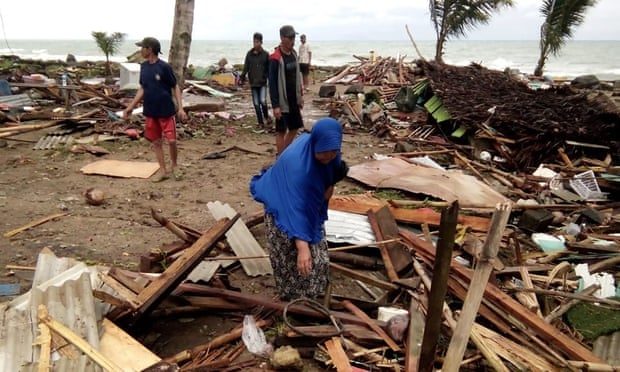
The waves were apparently triggered by a combination of underwater landslides caused by the eruption of Mount Krakatoa and an abnormal tidal surge due to a new moon, Sutopo Purwo Nugroho, the national disaster agency spokesman, said.
He said dozens of buildings were destroyed by the wave, which hit beaches in South Sumatra and the western tip of Java about 9.30 pm local time on Saturday.
Mr Nugroho later said the death toll had risen to 168, with 745 injured and 30 missing. "This number will continue to rise considering not all places have been checked," he added.
Endan Permana, head of the agency in Pandeglang, told Metro TV police were providing immediate assistance to victims in Tanjung Lesung in Banten province, a popular tourist getaway not far from the capital, Jakarta, as emergency workers had not arrived in the area yet.
"Many are missing," Permana said.
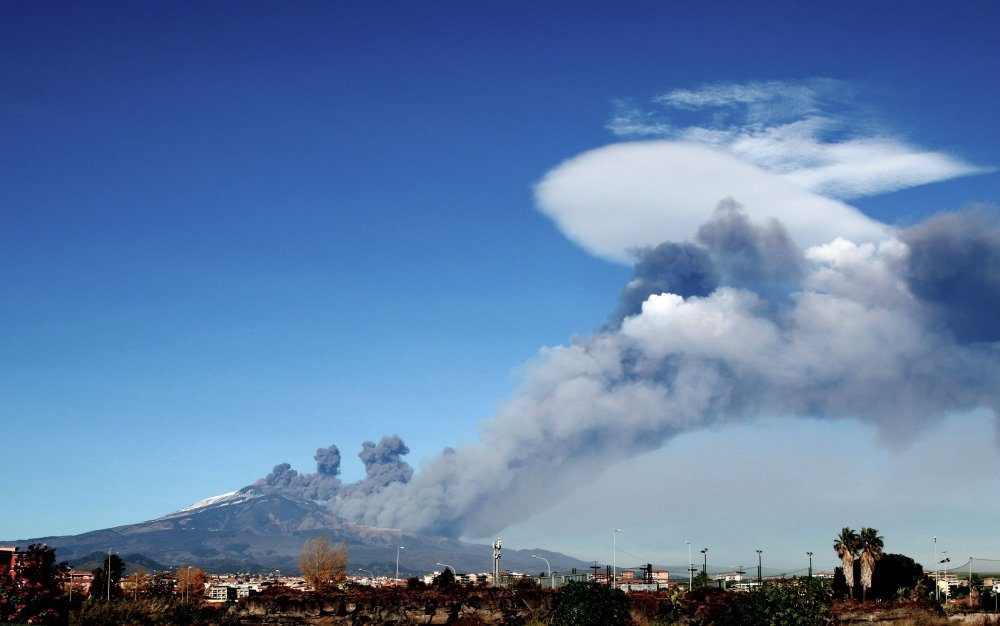

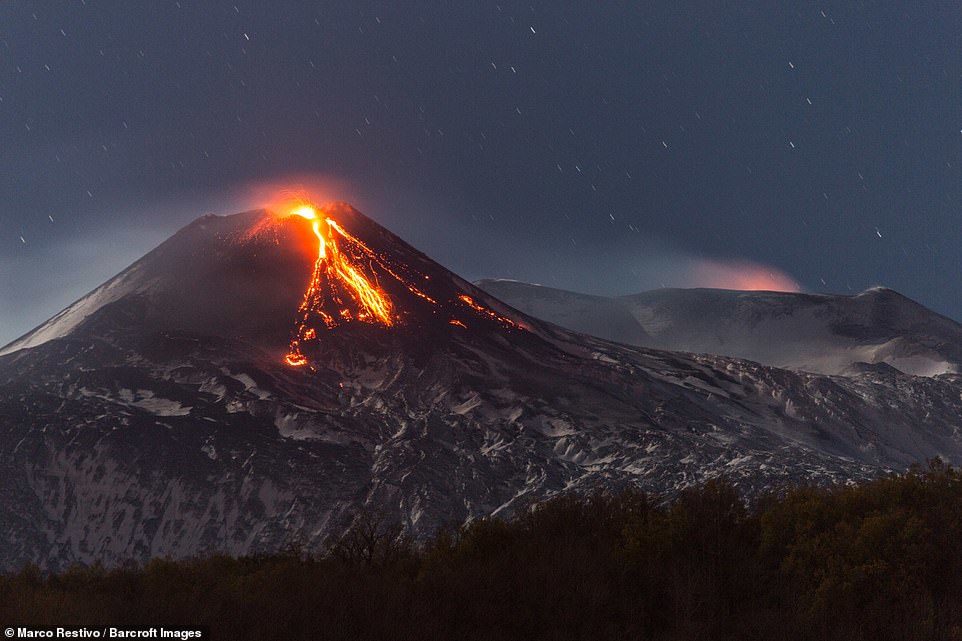
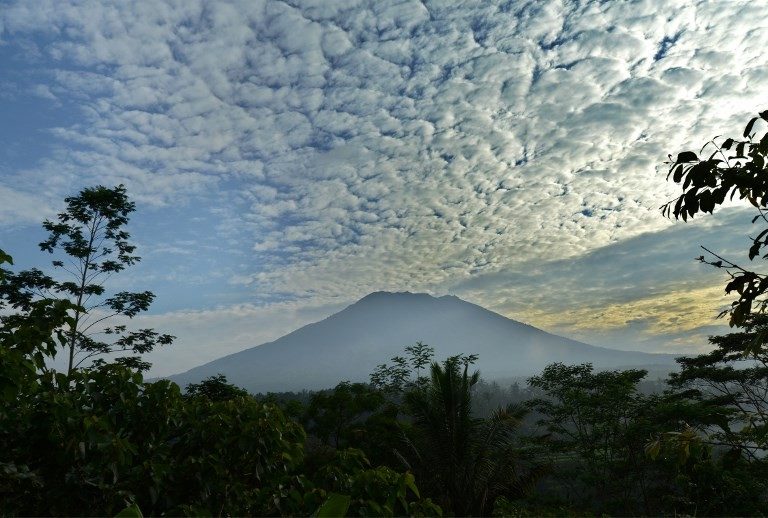
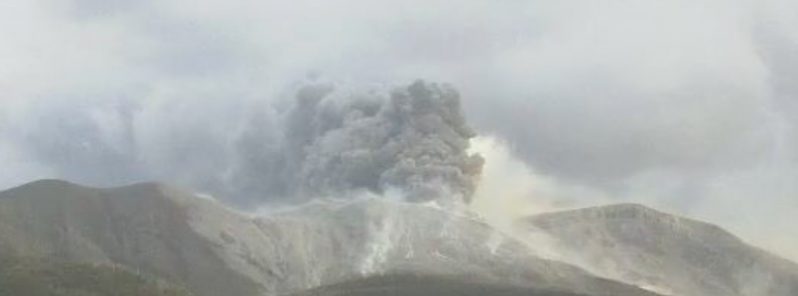
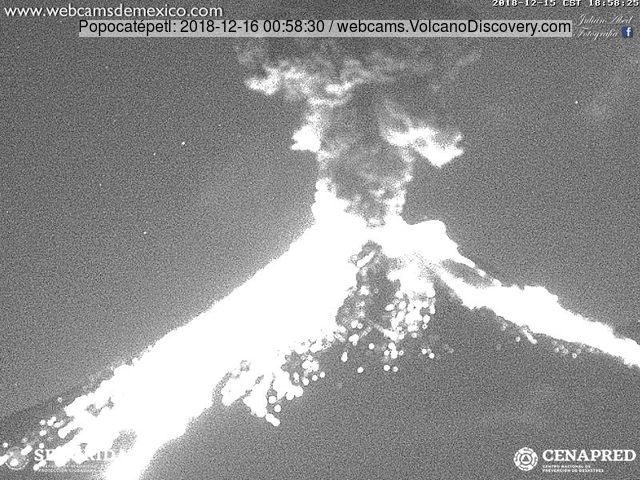
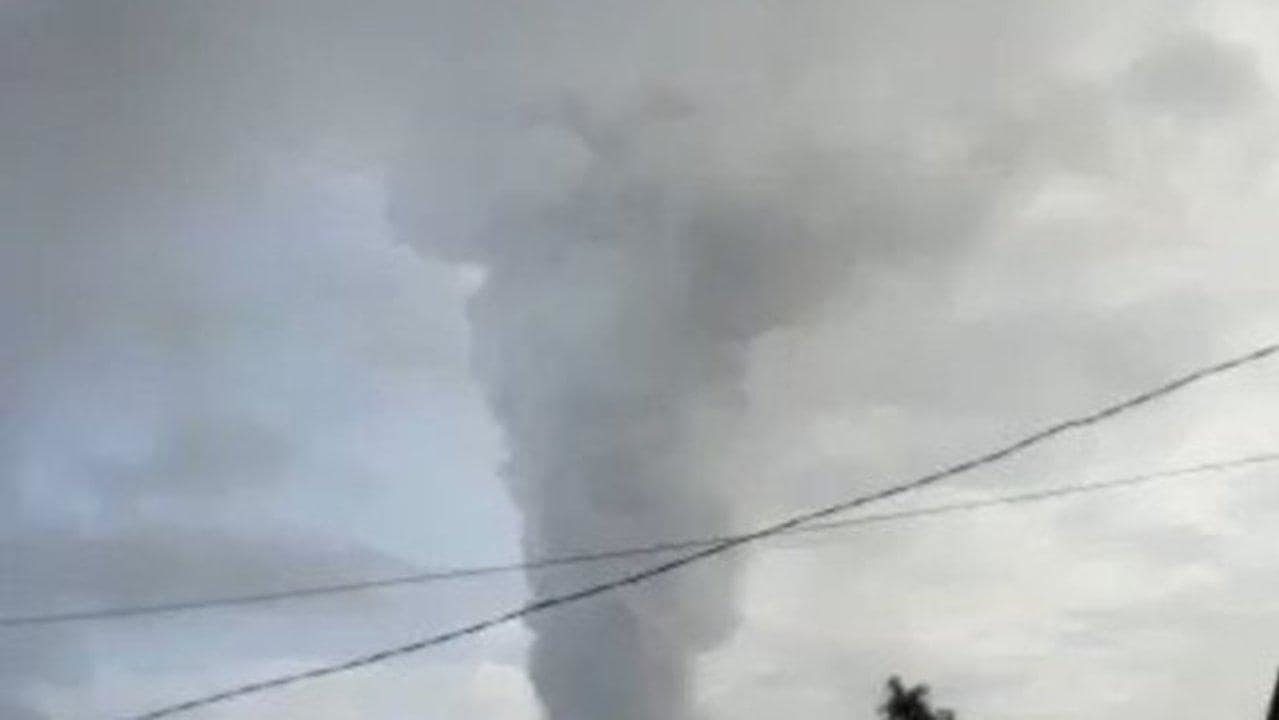

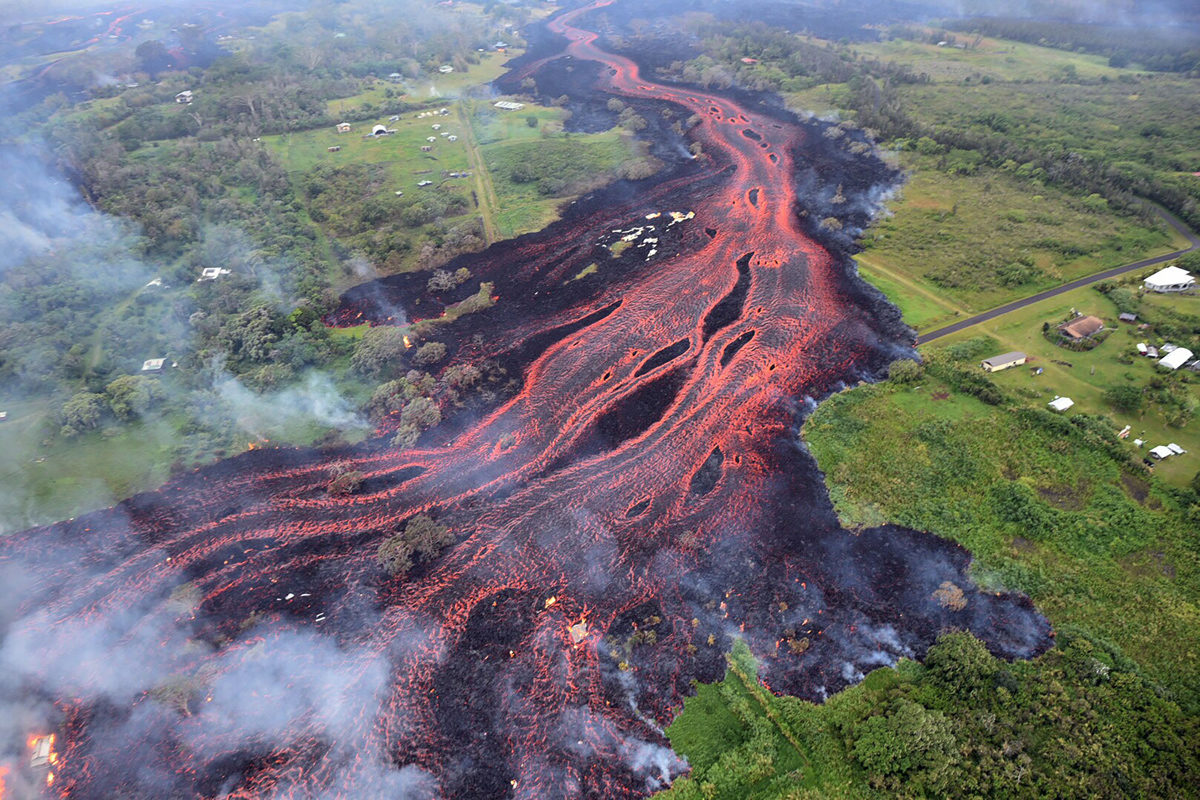



Comment:
UPDATE: On Dec. 24th the Guardian reports: Drone footage shows damage caused by Indonesian tsunami:
The BBC reports: Update: Zero Hedge reports death toll has climbed to 373, 1,400 Wounded: From the Daily Mail: UPDATE: On Dec. 26th CNN reports: